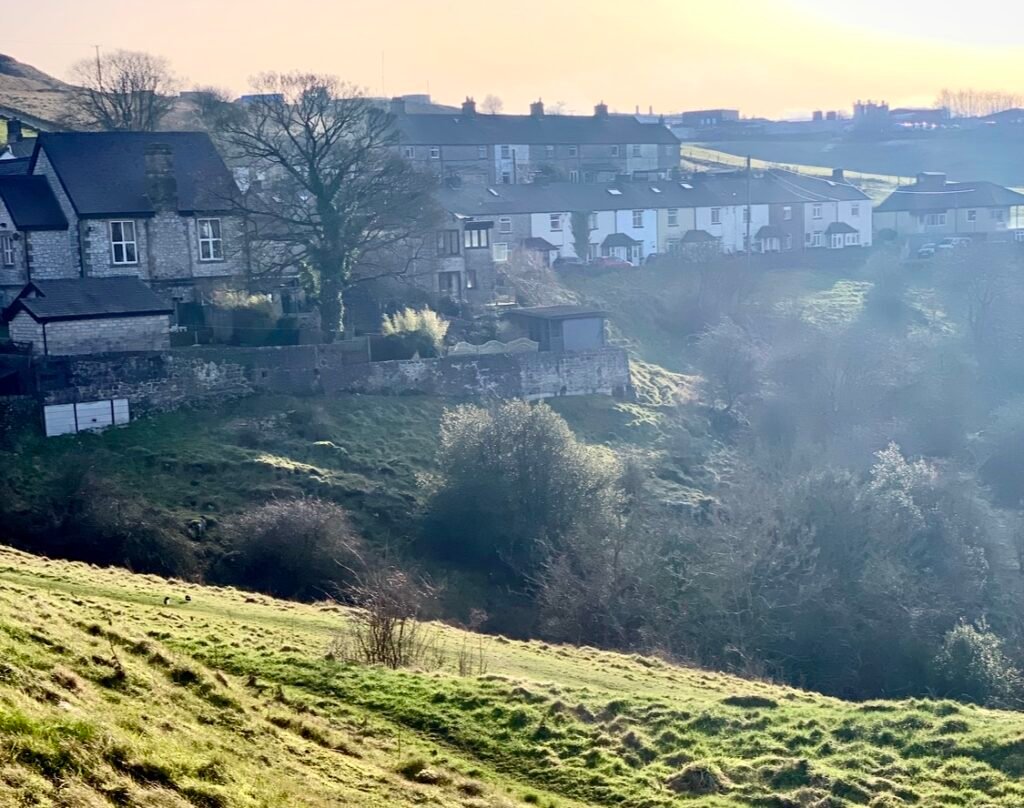Why is Buxton important for Swifts?
Old Buildings
In Buxton, most Swift nests are in buildings that are 100-150 years old. These buildings often have small gaps at the eaves where Swifts can enter and nest.
Elevation
Swifts are aerial acrobats and spend the majority of their lives on the wing. They only land when breeding, and require height for take off. Buxton’s tall buildings and hills provide perfect elevation.

Insects
Swifts are insectivores, catching aphids, hoverflies, ants and mosquitoes in the air. Insect numbers have plummeted, meaning that Swifts have to travel further more often to find insect swarms. The habitats in and around Buxton including Ferneydale, Grin Low Woods and Goyt Valley still provide high numbers of insects, and in the right weather conditions Swifts can be seen feeding over these areas.

Lots of colonies
In Buxton, Swifts nest in small colonies on many different streets, giving them more nesting opportunities than in some other towns and reducing the overall threat of nest loss. It also means that surveying is hard work and time consuming and we need to spread the message about protecting Swifts to lots of streets.
Email or message us on 07807 220995 us if you would like to find out more about surveying Swifts and being a Swift Champion for Buxton.
